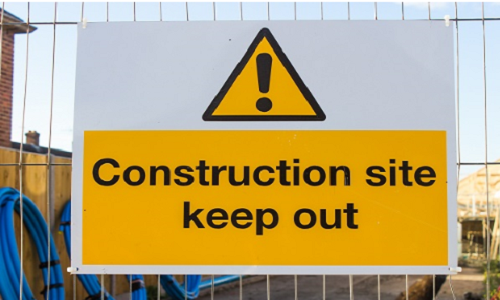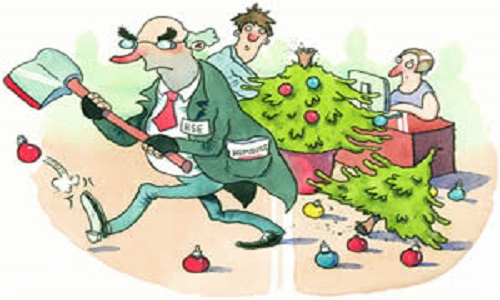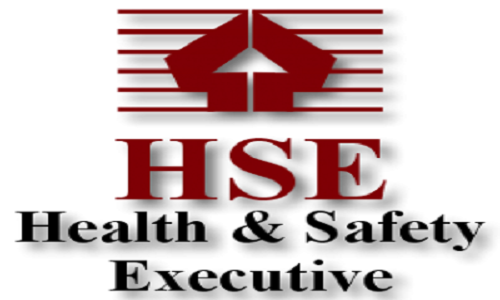Updated 30th November 2016
GAS SAFETY CONSULTATION
HSE is consulting on changes to the Gas Safety (Installation and Use) Regulations 1998 (GSIUR) – share your views by 27 January 2017. The changes include making the timing of landlords’ annual gas safety checks more flexible, and clarifying that only gas safety defects should be recorded.
Find out more and download the consultative document
RECENT ENFORCEMENT ACTIVITY
Fragile roofs
11/11/16: Three fined after man loses life due to fall through fragile roof
Further information
Free leaflet – Fragile roofs
Busy Builder leaflet –Fragile roofs: What you need to know as a busy builder, contractor or maintenance worker
Busy Builder leaflet – Fragile roofs: What you need to know as a building owner, user or managing agent
Roofwork/Working at height
02/11/16: Worker dies when temporary platform collapses
09/11/16: Window fitter in court after worker suffered fatal head injuries
17/11/16: International Engineering Company in Court over workers death
22/11/16: Construction company fined after worker fell 6 meters
Further information
Construction (Design and Management) Regulations 2015
Busy Builder leaflet – Construction Phase Plan
Construction Safety Topic – Assessing all work at height
Construction Safety Topic – Working at height
Hand arm vibration (HAVS)
18/11/16: Council fined £250,000 for not protecting workers’ health
Further information
Managing Construction Health Risks – Vibration
Gas safety
07/11/16: Builder handed suspended prison sentence and community service following unsafe gas work
Further information
Domestic gas health and safety
Electricity
23/11/16: Self-employed builder electrocuted at work
Further information
Construction Safety Topic – Electricity: Systems in buildings
NEWS & PUBLICATIONS
RR1078 – The use of vehicle structure in load securing on heavy goods vehicles
Safety Alert: Offshore Cranes Safety Systems
Construction Industry Advisory Committee (CONIAC) – Minutes of meeting held on 17 August 2016
Health and safety statistics 2016
View the latest health and safety statistics for the construction industry
View the health and safety statistics for Great Britain
See our new annual summary booklet, presented in an infographic-style format
Buy our Health and Safety Vital Statistics 2016 poster
Industry
The Stop. Make a Change. campaign being organised by the Civil Engineering Contractors Association will see leading contractors and clients stand down work on the morning of 18 April 2017.
Firms taking part will use the stand down to discuss with employees and suppliers how the industry can work together to boost its performance in relation to health, safety and wellbeing.
Companies looking to get involved can contact enquiries@ceca.co.uk
HEALTH AND SAFETY EVENTS
WWT events
Improve the health and safety of your business by attending a health and safety event near you. Most of the Working Well Together (WWT) events we list are FREE and all provide an opportunity to meet like-minded people, see interesting new equipment and get confidential advice.
There are no current listed events but please check the WWT events pages to find out what will be happening near you in the future.
Other events
Find out about our first ever Stress Summit – London, 16th March 2017
Visit the HSE website to find more many national events, conferences and HSL training.









